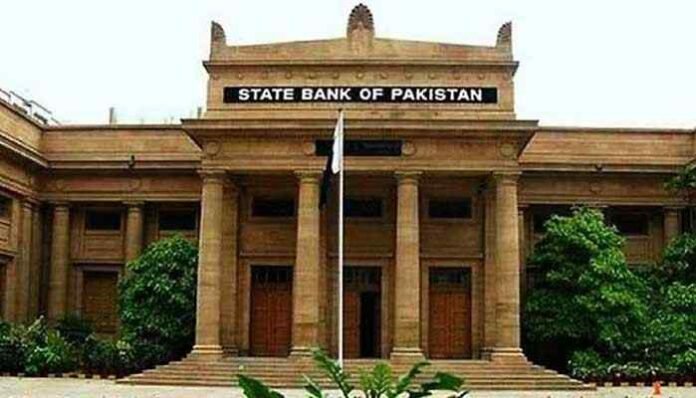The State Bank of Pakistan (SBP) has opted to keep its benchmark policy rate unchanged at 11%, following its Monetary Policy Committee (MPC) meeting on September 15, 2025. The decision signals caution as policymakers weigh persistent inflationary pressures against the uncertain global economic environment.
This is the second consecutive meeting where the SBP has left rates untouched. The last adjustment came in May 2025, when the central bank delivered a modest 100 basis point cut, its first move in months to support slowing domestic activity.
How Pakistan Compares Globally
The SBP’s wait-and-see approach is broadly aligned with trends among other major central banks, many of which are treading carefully after a prolonged tightening cycle.
- United States: The Federal Reserve is expected to trim rates by 25 basis points at its next meeting, marking the beginning of a much-anticipated easing cycle.
- Eurozone: The European Central Bank recently paused, holding its key refinancing rate at 2.15% after a series of earlier cuts.
- India: The Reserve Bank of India has kept its repo rate steady at 5.50% since June, signaling little appetite for further immediate easing.
- China: Beijing, facing sluggish growth, has leaned toward a “moderately loose” stance, with fresh calls emerging for additional stimulus.
Why SBP Is Staying Put
For Pakistan, holding at 11% reflects a balancing act: easing too quickly risks reigniting inflation, while keeping rates too high could further dampen already fragile growth. With global central banks still divided on the pace of policy adjustments, the SBP appears to be prioritizing stability and inflation control until clearer economic signals emerge—both domestically and internationally.
The next few months will be crucial as Pakistan monitors not only its own price pressures but also the ripple effects from monetary shifts in the US, Europe, and Asia.

